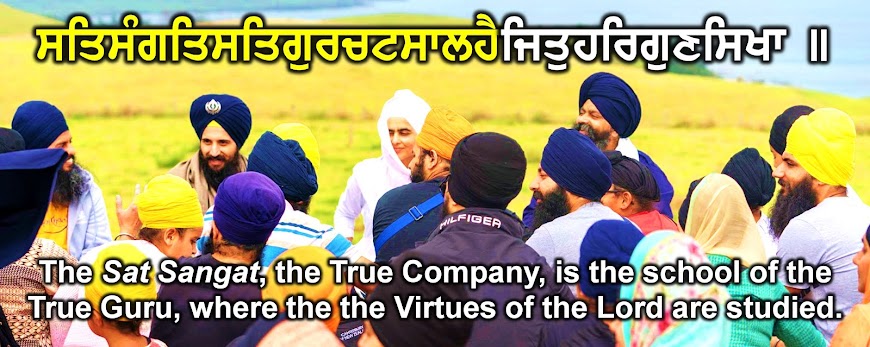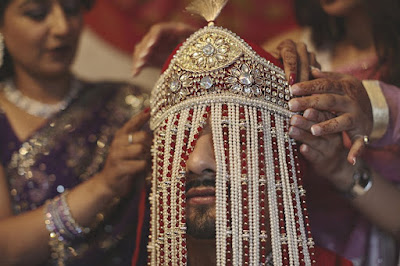I was forwarded a short Sikhi video, and I was so impressed by the concept, quality and script of the video that I checked YouTube to see if I could watch more of the same movie-maker. I discovered these videos are uploaded by 'Ek Onkar TV' and the videos are made by Bhaji Meet Singh (who actually stars in each of the video clips and is the main actor). The concept behind the videos is to highlight common things that people in the Sikh community may be ignorant of, lack of understanding of, or challenges they face, and then present practical solutions and ways of understanding in accordance to Gurmat.
What I have learnt from these videos is that is even more important how you say something, then what you say. Sometimes we mean well and say something with absolutely good intentions and the information in accordance to Gurmat, but the message is not well received or understood by the person on the receiving end due to the way we either come across, the way things were explained or the simple fact that they have too much ego to accept any other way. Bhaji Meet Singh has showed innovative ways of explaining the most simplistic messages of Gurmat in the most awkward circumstances, and the most difficult of people.
It reminded me of how Guru Nanak Dev Ji went to places and met people who were not the easiest people to talk to and open their hearts to listen to others, let alone correct their behaviour. Yet, Satguru Ji's method of explaining using practical examples and making the person think using innovative ways made the most cold-hearted and egotistical people allow Gurbani into hearts and receive the Guru's message. Whether it is the example of throwing water in the opposite direction to make the Brahmins rethink about their rituals, or questioning the Muslims at Mecca about where doesn't God's House exist when asked not to point his feet towards God's House.
It reminded me of how Guru Nanak Dev Ji went to places and met people who were not the easiest people to talk to and open their hearts to listen to others, let alone correct their behaviour. Yet, Satguru Ji's method of explaining using practical examples and making the person think using innovative ways made the most cold-hearted and egotistical people allow Gurbani into hearts and receive the Guru's message. Whether it is the example of throwing water in the opposite direction to make the Brahmins rethink about their rituals, or questioning the Muslims at Mecca about where doesn't God's House exist when asked not to point his feet towards God's House.
Over the weekend I have been slowly watching as many videos as I can on Ek Onkar TV. I found them so interesting as well as entertaining. Each short clip was full of wisdom, love and laughter as well. I hope Bhaji Meet Singh continues to make these short inspirational videos and continue inspiring us to share Gurmat in such a way that we don't insult others, spread hatred or come across oppressive, but rather come across as open and loving, whilst not compromising an inch of Gurmat. I for sure have been inspired and learnt lots from Bhaji Meet Singh's style, way and dedication to do seva.























































